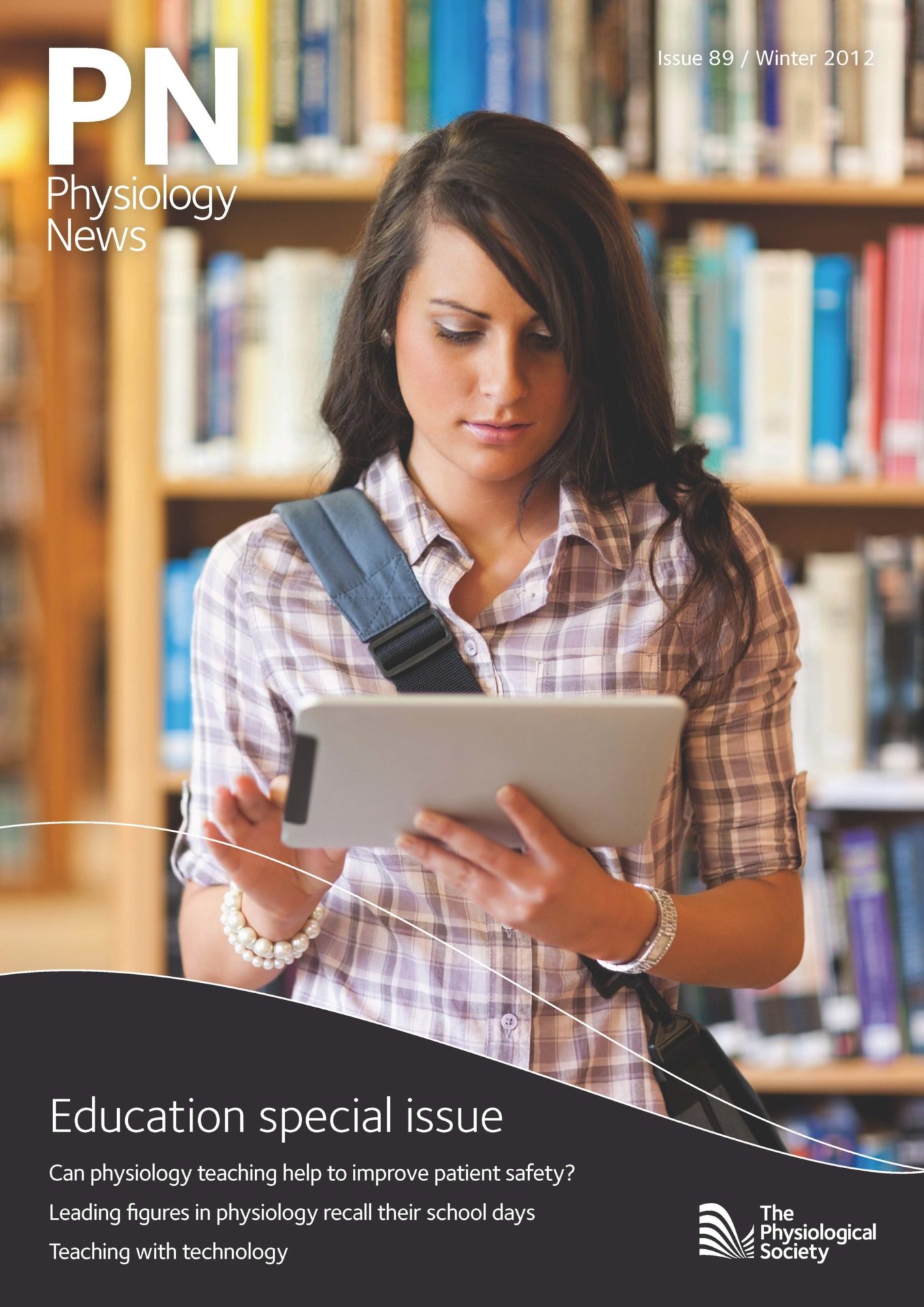
Physiology News Magazine
Cardiac & Respiratory Physiology Themed Meeting
Events
Cardiac & Respiratory Physiology Themed Meeting
Events
Ming Lei & Henggui Zhang
University of Manchester
Christopher Huang
University of Cambridge
https://doi.org/10.36866/pn.89.16b
New insights into the molecular basis of cardiac arrhythmias: from animal models to computations.
4-6 September 2012, Manchester, UK
Cardiac arrhythmogenesis is a major clinical problem. On the one hand, it may simply result in minor, asymptomatic, episodic variations in cardiac rhythm. However, at the other extreme, there are the ventricular arrhythmias potentially lead to sudden cardiac death, atrial arrhythmias, predisposing to cerebrovascular pathology, and sinus node disorders depressing cardiac function. These more severe outcomes present a major medical challenge and significant public health burden. Their underlying mechanisms constitute a major focus for current physiological study. It was therefore particularly timely for the Physiological Society to support a themed meeting directed at the translational physiology bridging fundamental cellular physiology and biophysics, the properties of whole hearts and the clinical situation.
In the time available, the invited lecturers could provide but a glimpse of this broad but fascinating area of scientific inquiry. Nevertheless, it was possible to survey recent investigations beginning with recent developments in our electrophysiological understanding of the underlying cellular and biophysical cardiac mechanisms, particularly those relating to ion channel abnormalities in genetically modified arrhythmic cardiac models. Together with updates on related abnormalities in Ca2+ homeostasis, intracellular pH regulation and neural-cardiac signalling, these provided perspectives bearing on how alterations in the properties of surface and intracellular ion channels could ultimately disrupt patterns of electrical excitability within the heart as a whole. The concepts then extended to higher levels of organization represented by the pathogenesis of clinical arrhythmias in normal and diseased hearts, culminating in Stanley Nattel’s memorable plenary lecture translating these ideas to the particular problem of atrial fibrillation. These ideas were then quantitatively integrated towards human arrhythmogenesis through the computer simulation approaches in the final session.
The exceptional quality of the poster and oral presentations particularly by the younger participants, exemplified by their award winners Fiona Hatch (Hull), Heiko Schneider (Manchester), Elisa Venturi (Bristol) and Kerrie Ford (Oxford), added freshness and vitality to the keynote lectures. The result was a lively and good-natured, scientifically intensive symposium. The one sombre note was the passing of Stephen O’Neill, on 9 August 2012, who would have been an active participant and to whose memory the organizers would like to dedicate this meeting, and name these awards. We will remember him for his strategic contributions, particularly in the area of cardiac Ca2+ homeostasis, his influences on the development of cardiac muscle as a special interest within The Physiological Society, and as a modest, dedicated and principled friend and colleague.
The themed meeting sought to produce a modern, cutting-edge and friendly environment for uninhibited scientific exchange on research on experimental and computer modelling of cardiac arrhythmias. It also attempted to provide a forum for physiologists to develop and establish scientific relationships and collaborations with each other. In these goals, the meeting succeeded, for which we thank The Physiological Society for its generous support as well as its continued encouragement of cardiac physiology, and Christine Carr’s and Ruth King’s friendly, efficient and energetic organization and meticulous attention to detail.

